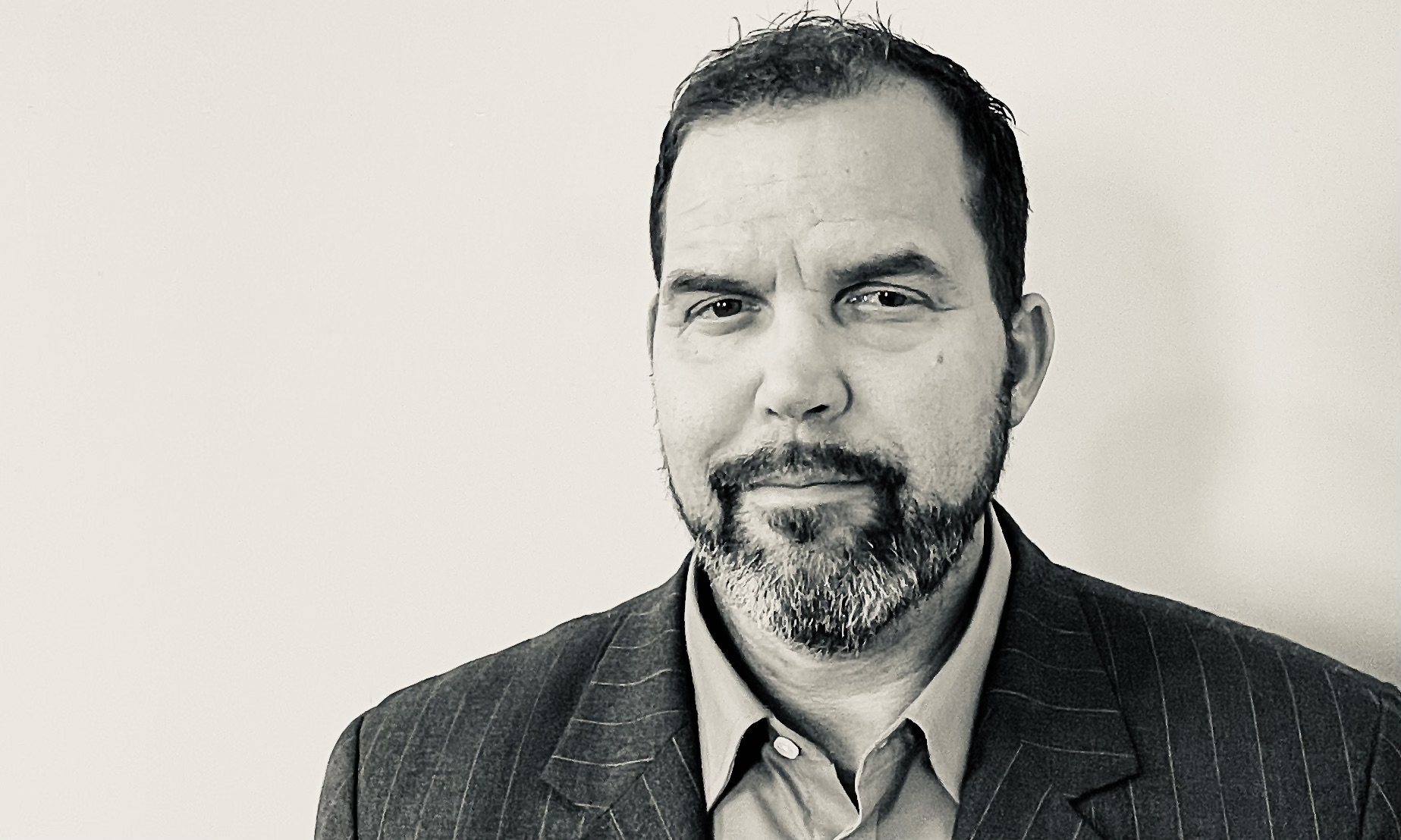(Originally Published at Georgetown Journal of International Affairs on November 20, 2012)
A quick post-election comment. President Obama’s re-election is likely to ensure that the strategic posture of the U.S. military will resemble what Eisenhower did after Korea. So it’s worth recalling what that posture looked like, and what the political logic was underneath it.[1]
Eisenhower’s “New Look” program came out of his conviction that the proper objective of the military was to prevent, not fight, wars. This would be especially true in the just dawning nuclear age. The former Supreme Allied Commander saw his “most frustrating domestic problem” as dealing with the Joint Chiefs of Staff, whose service parochialism put the interests of their branches over that of the country. Eisenhower lamented that the standard for picking heads of the Services was contorted. “Character rather than intellect, and moral courage rather than mere professional skill,” he wrote, should be the main qualifications for the job. By the summer of 1953 the Service Chiefs had been replaced, and by December of that year the New Look was made official policy. This vignette is not being offered to imply the same is true today for our current Joint Chiefs. Rather, history shows how even a military-hero president can face an obstructionist Pentagon. Cutting forces when one is not a military-hero president must be an even harder sell to troops, even if the logic is sound.
Ike handed 40% of the military budget to a single service: the Air Force. He split the rest between the Navy and Army. The Army—his former service—took particularly deep cuts, shrinking from one and a half million men to one million by 1955. The Navy and Marines took lesser, but still large cuts as well. Conversely, the Air Force actually expanded by 20,000 men. Asked by his own party’s Senate leadership to explain the differences between his and his Army Chief General Matt Ridgway’s perspectives, Eisenhower replied that he had to consider “the very delicate balance between national debt, taxes and expenditures.” The service chiefs didn’t. He went on to dismiss Ridgway’s concern about possible scenarios for when a bigger Army might be needed as mere “theory,” arguing that the only real threat to the nation was a nuclear attack by air. Any other talk about projecting ground troops overseas was “perfect rot.”
The parallels to today are striking, if not perfect. What is exactly the biggest threat to the nation is not nearly as clear. Obviously terrorist groups pose a threat to the country, but nowhere to the extent that the Soviet Union did in 1953. And there’s a strong argument to be made that the biggest “threat” to the nation actually comes from overreaction to the terrorist threat. Spending trillions on defense to fight an enemy that spends millions, if even that, seems like swatting a fly with a sledgehammer. To be clear, when your enemies don’t worry much about innocent casualties and you do, your costs are going to be appropriately higher. But our strategy for combating the terrorist threat over the last decade has amounted to picking the most expensive alternative with little evidence that the extra cost of occupying two countries for over a decade made us any safer than more limited responses would have.
At some point overkill becomes a strategic threat, as, in Ike’s words, using too many tax dollars for defense “[dries] up the accumulations of capital that are necessary to provide jobs for the millions of new workers that we must absorb each year.”
It’s worth remembering that while a dollar on defense might spur at best $1.50 in return on investment, a dollar spent on roads or bridges returns more than twice as much. Even better, a dollar spent on education produces up to $10 in returns. The shift toward Asia and the Air-Sea-Battle concept is the Obama administration’s New Look policy on defense. It recognizes the second and third order costs involved with large-scale deployments,[2] and it shifts priority to preventing wars, not fighting them.
This should be a welcome development for everyone with the nation’s best interests at heart.
